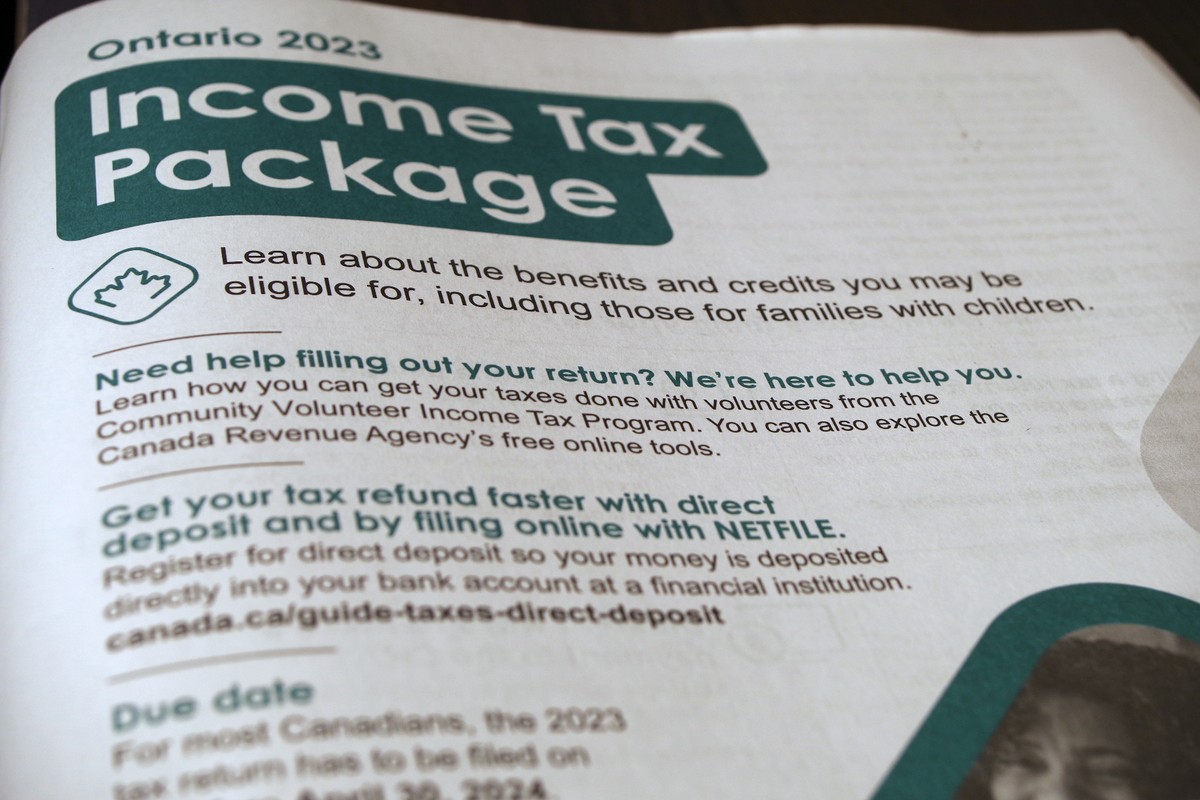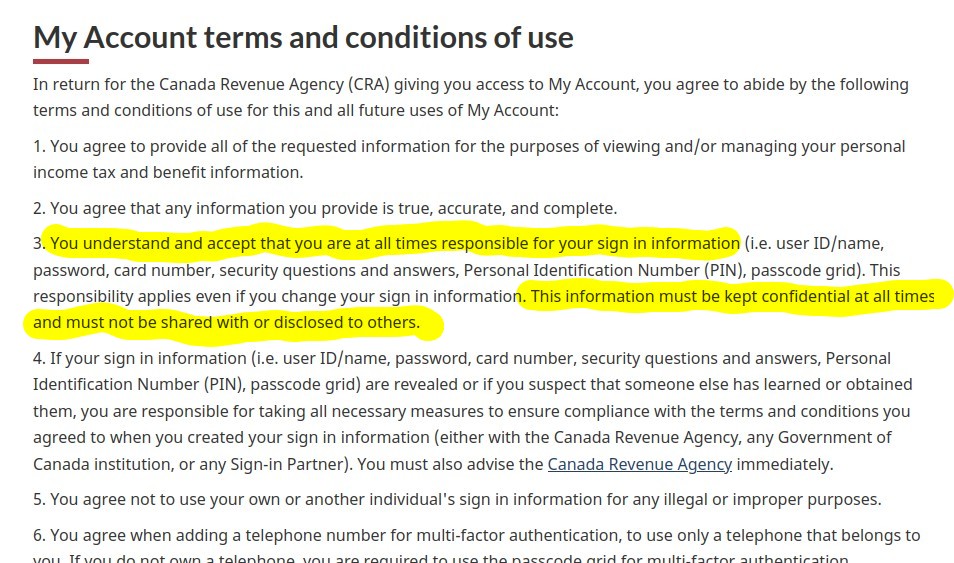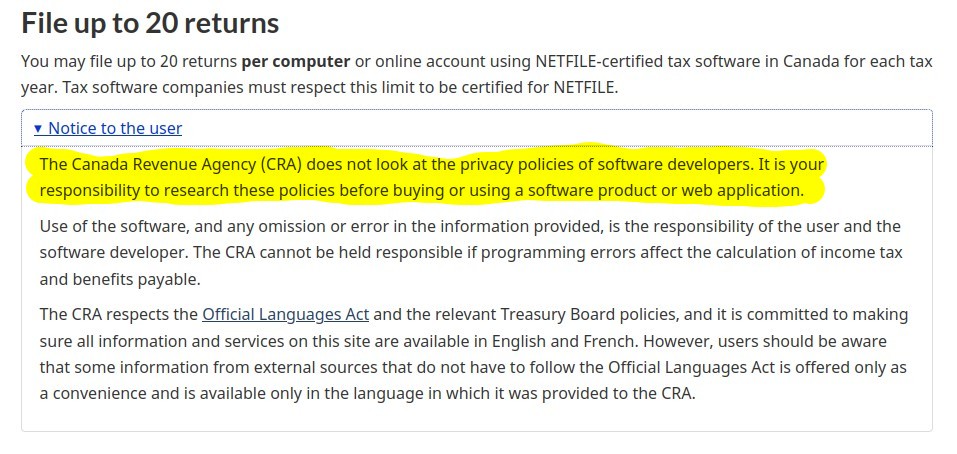Income Tax for 2023

In past years, I would use my blog to share my choice of income tax software and the reasons why. In the present day of income tax season in the year 2024, I find I cannot use any of the government’s recommended income tax preparation software for reasons that are both philosophical and of personal privacy and liability concerns.
I will start with the fact that my income tax is, or should be, a simple affair. I earn an income, and must pay the provincial and federal government taxes based on the tax bracket of my annual earned income less any deductions that are allowed. The taxes I owe the government are an affair between me and my government; there should be no reason for a third party to be involved. If I am owed money from the government, that means I have overpaid on my taxes and have given the government an interest free loan over the past year; if I owe the government money, it means I have underpaid my taxes and enjoyed an interest free loan. It seems to me our society has been brainwashed into believing that getting a return is the optimal outcome in this affair, though I also believe this is a sales and marketing tactic by companies that provide apps, software, and services to sell to those people who have a poor relationship with and a poor understanding of their own finances. Whatever the case may be, it’s our government who sets out the rules on how these taxes are to be calculated, and so the burden of responsibility is on them to provide me with whatever tools I need in order to calculate my tax burden. I should not have to pay or turn my information over to any third party in this.
 Some of the terms and conditions for having a MyCRA account
Some of the terms and conditions for having a MyCRA account
This doesn’t stop our government from trying to push us to their online service in order to ease their burden of responsibility, starting with placing all liability of our online account security on us, and then attempt to entice us to use certified tax software with the promise of a faster return. While our government seems to vet a list of companies who are certified to use their Netfile service, a closer look after expanding the “Notice to the user” menu shows us that they have shifted the burden of responsibility of researching the privacy policies of these companies onto us . When the terms and conditions of these companies include letting these companies do whatever they want with our data with impunity for the privilege of just using their software, I see no reason why I shouldn’t expect any of them to sell my information to the highest bidder, especially if they provide a so-called “Free” service. A look at the “Privacy Policy and Security” section of cloudtax Terms and Conditions , for example, advises me that I am to assume all risk when using their services. If I try to go to cloudtax.ca/privacy, I get a 404 Page Not Found error at the time of writing this. When considering that these apps and services can go right into my CRA account to retrieve tax information in order to “Autocomplete” my return, I’d say that’s a lot of sensitive information they have access to, and any and all liability are all mine. No thank you.
 My government’s policy on the privacy policy of companies they vet
My government’s policy on the privacy policy of companies they vet
 The privacy and security policy of Cloudtax, recommended by my government
The privacy and security policy of Cloudtax, recommended by my government
My solution for this sorry state of affairs was to file my taxes on paper this year. As it turns out, it’s not really all that difficult. I first went to the government web site to order The Income Tax Package, which I had delivered to me at no cost within a few days. They also have a web site that tells me which lines I am to enter the information from my tax slips onto. After that, it’s just simply adding or subtracting and putting things in the right places as directed by the package. Truth be told, I actually enjoyed the experience, and came to learn a lot about my taxes. For example, I learned exactly how much we’re paying the Ontario government for healthcare benefits, and it’s not very much at all. Someone earning more than $200,600 only pays $900 a year, while a person making $20,000 or less pays nothing. Not a bad deal at all.

The package included a tear out workbook in the center, and when I was done with that, I transferred the necessary information to pages that were perforated and could be torn out, folded, and placed in the included envelope to be mailed in along with copies of my receipts and T slips. The only monetary cost for me was to buy a stamp to mail it in; at $1.47, less than a cup of coffee. I think this is how I’m going to do my income tax from now on.